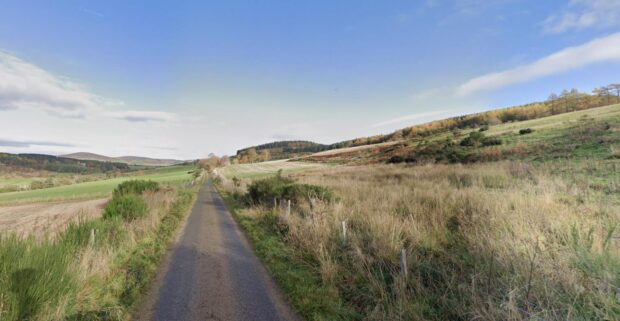
Do we consider a 4.8% to be a high yield these days? If it rises to 6% by 2026, as the forecasts suggest, I do. That’s even with a share price that’s risen 95% in the past 12 months.
I’m talking about ( ) here, one of this year’s top performers. The banks have done well overall, but NatWest is neck and neck with at the head of the pack. Dividend outlook But on dividend , NatWest is well ahead of Barclays’ 3.

3%, which would reach only 3.8% on the 2026 timescale. City analysts are still bullish on the NatWest share price too.
They have an average target on it of 441p, up another 11%. But before I get too carried away, might this upbeat vision be just a bit too rosy? It might, and I see one key risk for NatWest (and the other high street banks). NatWest posted strong Q3 results in October, with total income (excluding a few one-offs) up 5.
1% to £3,772m. It was fuelled in part by a healthy net interest margin (NIM) of 2.18%, up 8 basis points.
Bank of England But that’s in a time when Bank of England rates are still high. And when those fall, we’ll see pressure on the banks’ NIM figures. Still, NatWest seems to be generating plenty of cash to hand back to shareholders.
At the interim stage, it lifted the first-half dividend by 9% over last year’s. Full-year forecasts suggests an 11% rise, so it looks like we’re on track. With NatWest’s aim to “ ” I think the dividend future looks promising.
Government stake That bit about the government is another thing to be wary of. We used to know NatWest as Royal Bank of Scotland, the one that only survived thanks to a massive state bailout. And the government stake is still a bit of a drag.
But it’s almost halved this year, and I hope it will keep on reducing. I haven’t mentioned my favourite first-look valuation measure yet, the (P/E). It’s a relatively crude indicator.
But historically, I think it works well for the banking sector. Other things being equal, lower is better, and the has posted a long-term average of around 15. NatWest forecasts put it at 8.
2 this year, dropping to just 7 by 2026. Oh, and I see a trailing P/E for last year of just 4.6.
Wow, was that a massive Buy signal that I missed, or what? On the list Heading into the New Year, I want to top up my bank sector holdings. My long-term favourite, , hasn’t done so well this year. But it’s the UK’s biggest mortgage lender and is exposed to significant interest rate risk.
Maybe NatWest is the best option for me now. Unless the share price climbs too much further before I’m ready to buy, it might be the next one for me..










